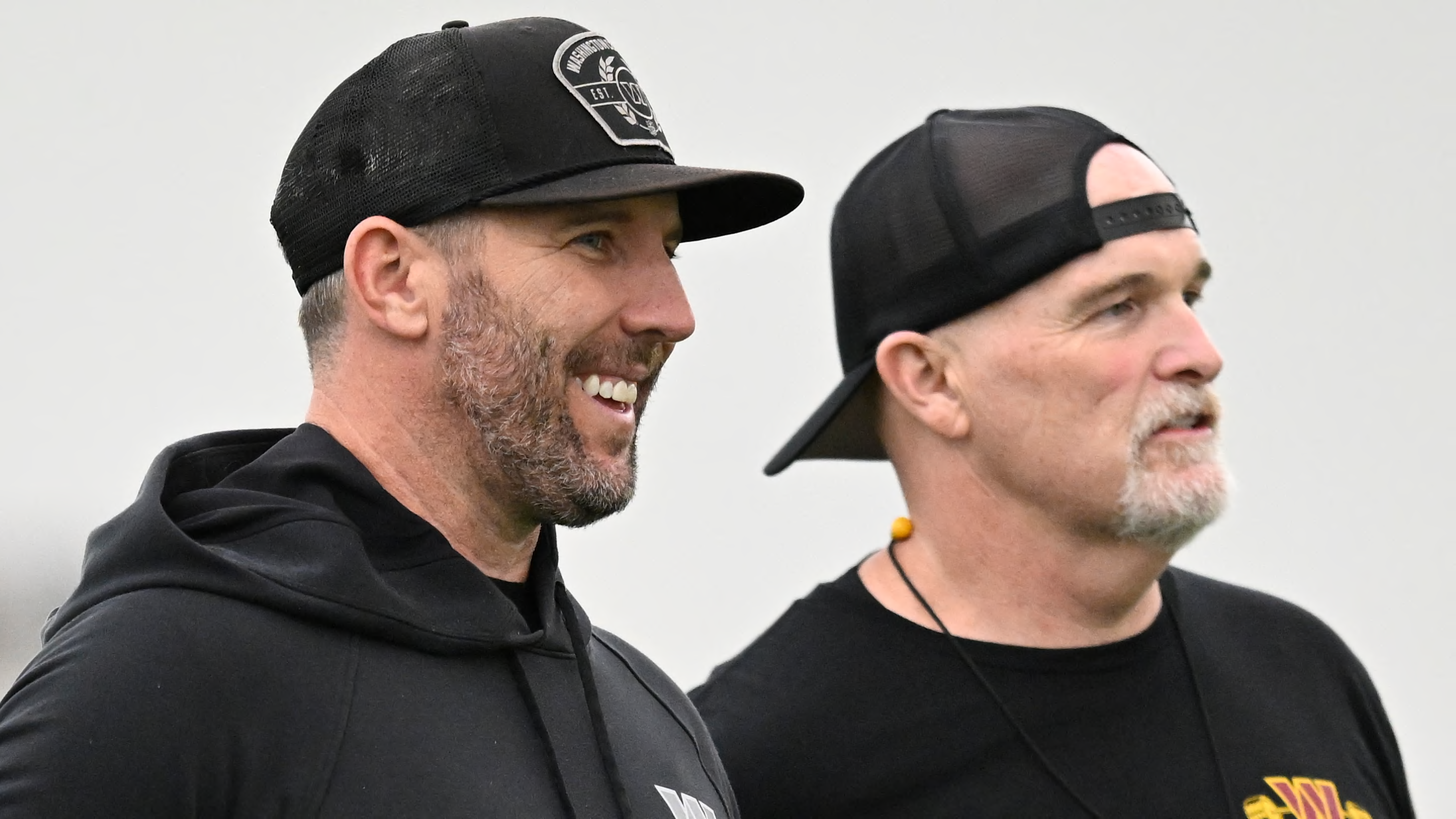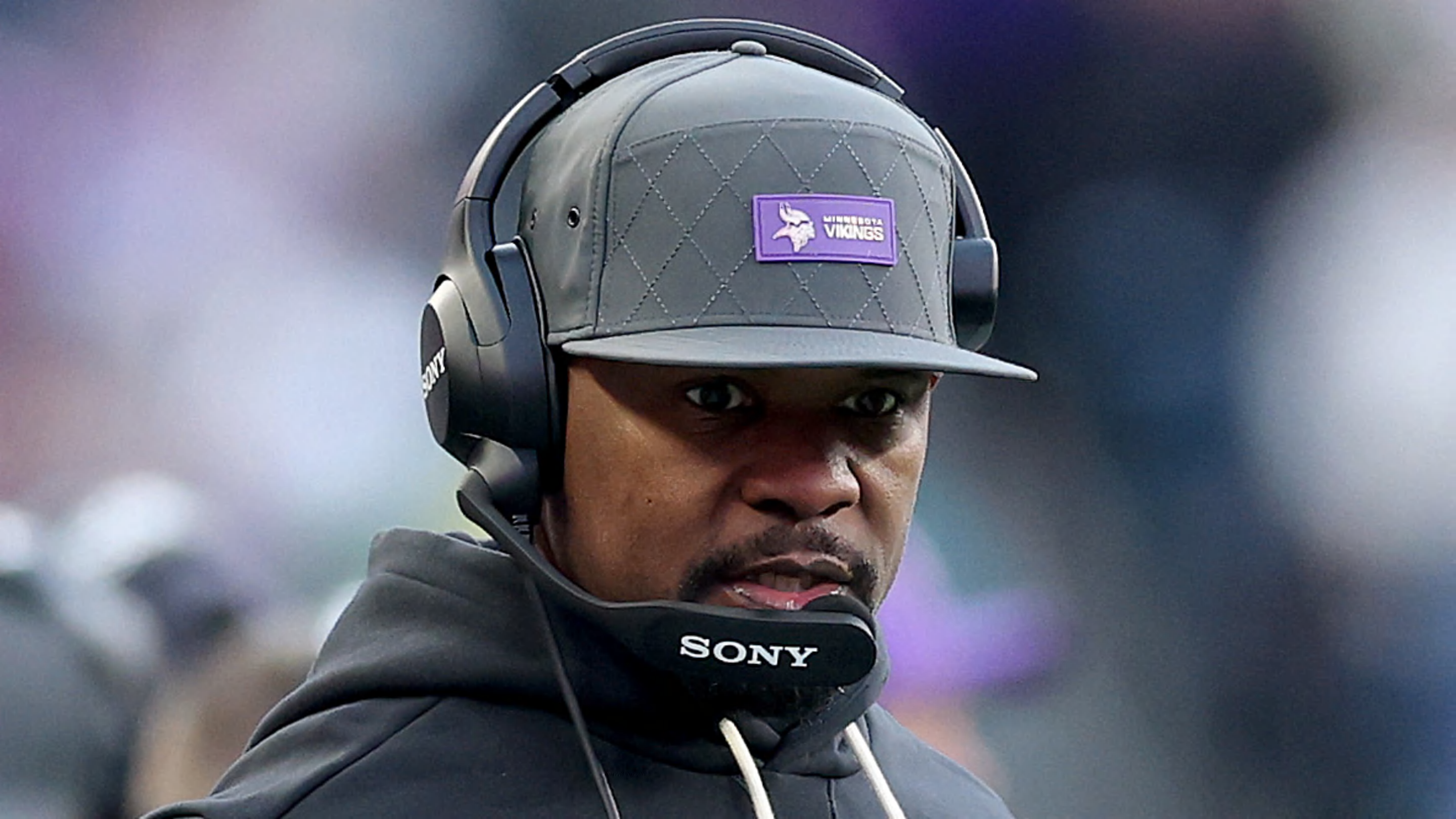
There is an influx of little men in the 2010 NFL season expected to make significant impact. Darren Sproles of the San Diego Chargers has been making an impact with his team since 2005. He excels on special teams, but also makes a contribution on offense as well as a 5'6" running back.
Dexter McCluster is said to stand 5'8" , though some say he is shorter, and weighs 170 pounds. He was drafted in the second round by the Kansas City Chiefs in 2010. Though he is listed as a kick returner, running back, and wide receiver, the Chiefs are expected to use him in a variety of ways.
Brandon Banks reportedly stands 5'7" and weighs just 149 pounds. He joined the Washington Redskins as an undrafted free agent rookie this year, and has done well returning punts. He scored on an electric 77-yard return, but has a propensity to fumble. He coughed up the ball three times in preseason.
Trindon Holliday tips the scales at 5'5" and 165 pounds. He was drafted in the sixth round of the 2010 draft by the Houston Texans. Considered one of the fastest men ever in college football, he hurt his thumb in the preseason and will miss the rest of the year.
This recent influx of tiny players is nothing new for the league, but has been seen less and less over the past few decades. The 1980's had Joe Morris, Stump Mitchell and Lionel "Train"James, three smaller running backs. Morris was listed at 5'7" and played with the New York Giants from 1982 to 1988. He went to the Pro Bowl twice, ran for over 1,000 yards three times, and led the NFL with 21 touchdown runs in 1985. He ran for a career best 1,516 yards the next year, helping the Giants get to Super Bowl XXI. He scored once in the New York victory over the Denver Broncos. He attempted to play for the Cleveland Browns in 1991, then retired.
His younger brother Jamie, also listed at 5'7", played three years in the NFL. He once carried the ball a whopping 45 times for 152 yards in a game for the Washington Redskins during the 1988 season. It is still an NFL record for the most carries in a single game.
The Redskins loved to use small running backs in that era. Reggie Brooks stood 5'8", and gained 1,063 yards during his 1993 rookie year. Keith Griffin also stood 5'8", and was an important reserve who helped the team capture Super Bowl XXII.
James, like Sproles, stood 5'6" and played for the San Diego Chargers from 1984 to 1988. He led the NFL in kickoff returns and yards as a rookie before playing his way into the starting lineup the next year. He led the league with a then NFL record 2,535 all purpose yards. He had 1,027 yards receiving, which was then a record for a running back, on 86 catches. He once gained 345 yards in a single games as well.
Mitchell, who played with the Saint Louis Cardinals from 1981 to 1989, was said to have been shorter than his listed height of 5'9". He led the NFL in kickoff return yards as a rookie, and became a 1,000 yard running back five years later after averaging a NFL best 5.5 yards per carry.
Buddy Young is easily the most famous small player in pro football history, standing just 5'4" and weighing 175 pound. He join the New York Yankees of the All American Football Conference, the precursor to the NFL Colts franchise, in 1947.
Known as "The Bronze Bullet", Young was considered one of the greatest football players of that era. He was an All-American in his freshman year at the University of Illinois after equalling several of Red Grange's school records, including touchdowns scored in a single season. Like many players, he then had to joined the military to serve because of World War 2 after his freshman season.
When he fulfilled his obligations in 1946, he spurned offers to turn pro and returned to Illinois. Young then helped them win the Big Ten Championship and Rose Bowl. He was also an All-American in track. He is a member of the College Football Hall of Fame.
Young was a trailblazer, being one of a few African-American players to play professional football then. He joined the Yankees and formed one of the more electrifying backfield tandems in pro football with Spec Sanders and gained a career best 712 yards on 116 carries, a 6.1 yards per carry average, as a rookie playing fullback. Young was also a superb return specialist. In his first year, he scored a touchdown on both a punt return and kickoff return. He was fifth in the AAFC in total yards, and was named Second Team All-AAFC that season.
The Yankees became the New York Yanks in 1950, then became the Dallas Texans in 1952, and he stayed with the team even though bigotry in Texas was so bad that season the team had to play many of their home games in Hershey, Pennsylvania and Akron, Ohio. He still led the NFL with 23 kick returns for 643 yards for a team that failed to win a single game.
The Texans became the Baltimore Colts the next year, and Young was still with the team. He returned 11 kicks for 378 yards, a career high 34.4 yards per return average, and scored on a 104 yard return. It was the second longest return in NFL history at the time, and is still the 13th longest ever.
He made his lone Pro Bowl squad in 1954. His last season as a player was in 1955. He then retired and became the first Colt to have his jersey retired. He continued to break new ground after retirement. Young became the first African-American to be hired as an executive by the NFL, and later was named Director of Player Relations.
Buddy Young was a tough man who preferred to play without a face mask and hardly any pads. He was the fastest player in the FL at one time, and once tied the 60-yard indoor dash record of 6.1 seconds. He even beat a race horse in a 100 yard dash while with the Colts.
The shortest player in NFL history was Jack "Soapy" Shapiro of the the 1929 Staten Island Stapletons. He stood five foot and a half inch, weighing just 119 pounds. Though he is officially recognized to have played blocking back in one game, records in those days were poorly kept. Shapiro clams he was with the team three regular season games and two exhibition games, playing in three games total.
There have been diminutive quarterbacks that excelled in the NFL. Eddie LeBaron supposedly stood 5'9", but reportedly was closer to 5'7", and weighed 168 pounds. The tenth round draft choice lasted 11 seasons in the NFL, making the Pro Bowl four times.
Davey O'Brien stood 5'7", weighing 151 pounds, and was drafted in the first round by the Philadelphia Eagles in 1939 after winning the Heisman Trophy. He made the Pro Bowl as a rookie before suddenly retired to work for the Federal Bureau of Investigation. He is a member of the College Football Hall of Fame and there is an award named after him that is annually given to the best quarterback in college football.
Doug Flutie was the 1984 Heisman Trophy winner. Because he appeared to be shorter than his listed height of 5'9", the Los Angeles Rams drafted him in the 11th round. Flutie opted to play a season in the United States Football League before giving the NFL a try. He started with the Chicago Bears, who had traded for his rights, but did not last eve two years with them before being moved to the New England Patriots. After winning eight of 13 starts over three years, he was released.
Finding no job offers he liked in the NFL, he went to the Canadian Football League and played with three teams over eight years. After winning three CFL championships, and setting numerous records, he returned to the NFL for eight more seasons and was named to the Pro Bowl once. He converted the first successful drop kick in over 65 years during the 2006 season.
There are countless other stories of small men who were superb in the NFL. In 2009, there were 27 players listed at 5'8" or shorter on rosters. Men like Darrell Green and Barry Sanders were Hall of Famers from the 1990's, while others like Maurice Jones-Drew, Ray Rice, Kevin Faulk, Jim Leonhard, and Bob Sanders star in the game today.
The expression that the size of the heart overcomes the size of the body is modeled by these people. With the inevitable growth of the human race each generation that is shown by the fact that a man rarely under 300 pounds plays in the NFL trenches anymore, these little guys give hope to the ordinary man who still hangs onto childhood dreams of having the ability to play the game.
They keep us grounded as they soar in the eyes of appreciation. For it is these David's that walk in the land of Goliath not needing a sling shot to win.































No comments:
Post a Comment